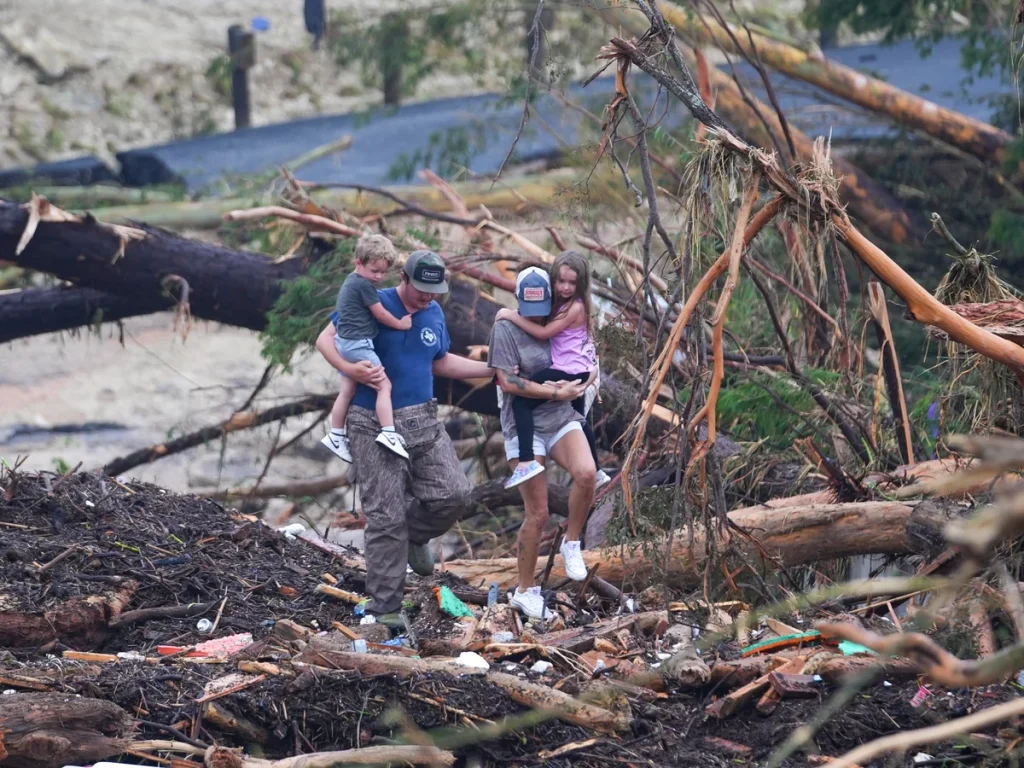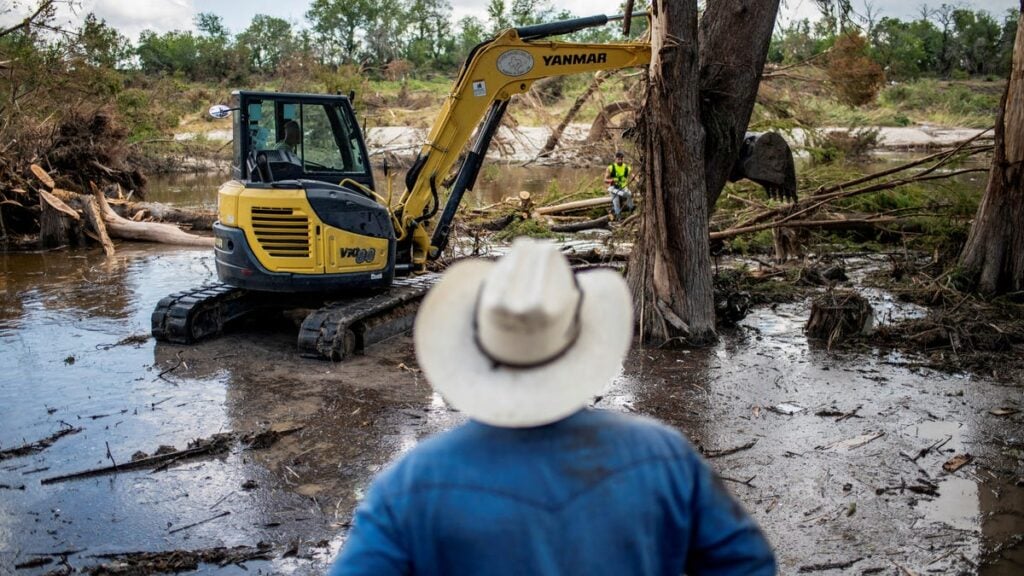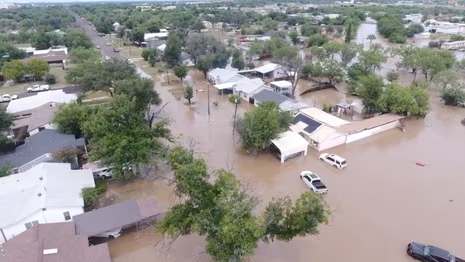Renewed Flood Threat in Texas Halts Search and Recovery Efforts
Kerr County, Texas is once again facing severe weather conditions as a renewed flood threat forces officials to pause ongoing search and rescue operations. The disaster follows catastrophic flash flooding on July 4, which left over 130 people dead and dozens still missing. Now, rising waters from continued rainfall are making conditions too dangerous for crews to continue recovery efforts.

A Tragedy That Continues to Unfold
On July 4, the Guadalupe River surged more than 26 feet in under an hour, sweeping through communities and leaving widespread devastation in its path. The scale of destruction stunned the nation, marking one of the most deadly inland flood disasters in the U.S. in nearly five decades.
Despite the best efforts of local and state emergency responders, search and recovery crews have now been ordered to withdraw temporarily due to new flash flood warnings issued by the National Weather Service.

Key Developments:
- Search paused: Safety concerns prompted officials to suspend recovery operations in the hardest-hit areas.
- Rescue zones limited: Efforts are continuing in safer zones, but full-scale operations will not resume until weather conditions improve.
- Lives lost and missing: Over 130 people confirmed dead, with over 100 still unaccounted for in Kerr County alone.
- Weather warnings in place: Flash flood watches and Code Red alerts have been issued across Central Texas, urging residents to evacuate flood-prone areas.
Community Impact & Emergency Response
Local authorities and volunteers had been working tirelessly in recent weeks to locate missing individuals and support displaced families. However, the new weather system has created dangerous conditions for ground crews and air support.
Officials have urged residents to stay indoors or relocate to higher ground. Shelters across the county remain open, and public announcements are being updated regularly via mobile alerts and social media.
Despite modern communication tools, many residents have raised concerns about the lack of flood sirens or river monitoring systems, especially in rural areas. Critics argue that the absence of early warning systems contributed to the high death toll.

Looking Ahead: Policy and Preparedness
As Texas grapples with this disaster, lawmakers and emergency planners are under increasing pressure to invest in better flood prevention and alert systems. Local leaders are advocating for:
- Expanded flood gauge networks across major rivers.
- Installation of emergency sirens in rural counties.
- Improved evacuation infrastructure and public education on flood risks.
The tragedy has become a wake-up call for better climate resilience planning, especially in states vulnerable to sudden, extreme weather events.

Final Thoughts
The renewed flooding in Texas underscores how natural disasters can evolve into prolonged crises. With lives still missing and communities displaced, the need for sustained emergency response, public safety upgrades, and long-term recovery funding is more critical than ever.
As the water continues to rise, so too does the national call for action.